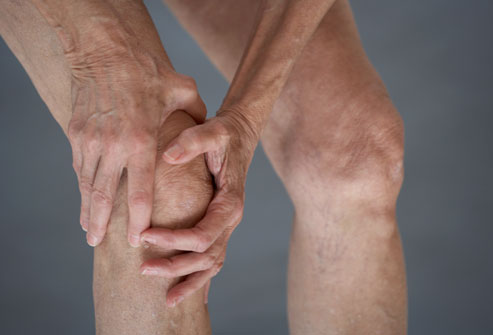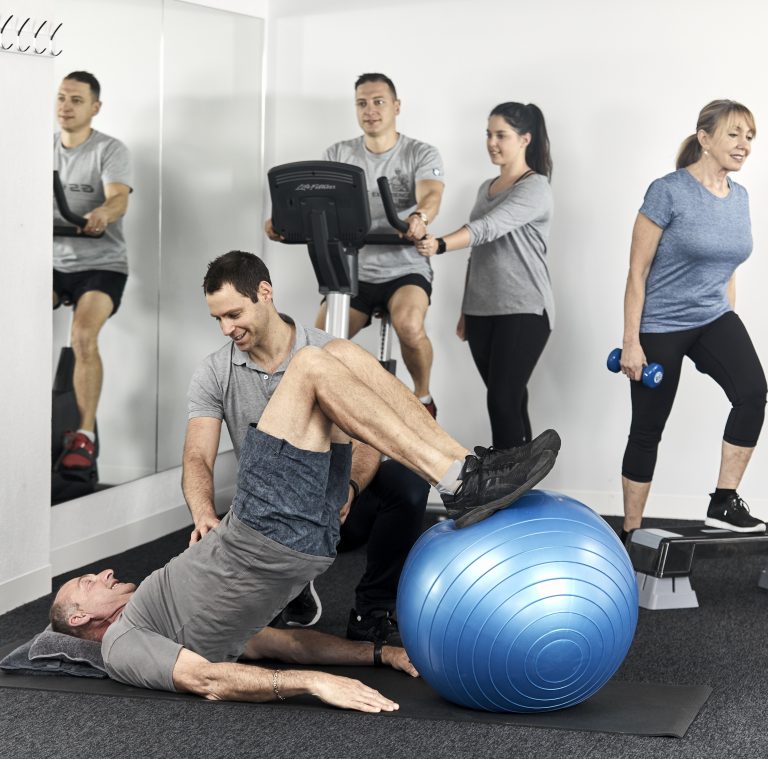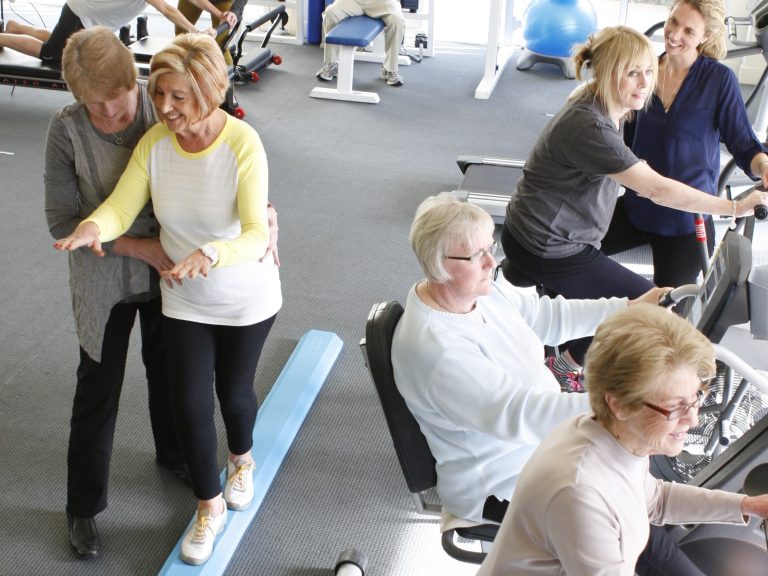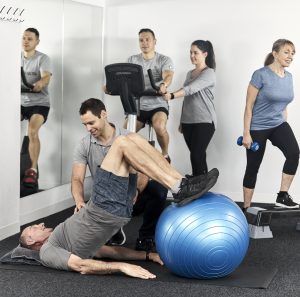Osteoarthritis is the most common form of arthritis, affecting about 1 in 12 Australians.
This painful condition can cause disability, psychological distress and poor quality of life.
The condition affects the entire joint, including bone, cartilage, ligaments and muscles and generally involves:
- Inflammation of the tissue around a joint
- Damage to joint cartilage
- Bony spurs around the edge of a joint
- Deterioration of ligaments and tendons
People with osteoarthritis can experience both chronic pain and recurrent, acute episodes of breakthrough flare up pain.
It can affect any joint, but occurs most often in the knees, hips, back, finger joints and big toes.
Osteoarthritis can cause pain, reduced mobility, deformity or body stiffness, affecting day-to-day function.
According to Arthritis Australia, arthritis is the major cause of disability and chronic pain in Australia.
However, research shows that early intervention involving tailored exercise programs supervised by Physiotherapists can delay the onset of osteoarthritis and may reduce the number of cases by about 500,000 within 15 years.
What causes osteoarthritis?
Causes of osteoarthritis that may be able to be prevented include joint injury, obesity and occupational overuse.
Who is affected by osteoarthritis?
Osteoarthritis can develop at any age, however it is more common in people aged over 40 or those who have previously had joint injuries.
The association between osteoarthritis and obesity is well researched, with a known association for both the incidence and progression of the condition.
How do you manage osteoarthritis?
Currently there is no cure for osteoarthritis, however there are ways to effectively manage and reduce the severity of osteoarthritis pain.
Weight loss in combination with exercise is effective and important in the management of patients with osteoarthritis.
Management options may include:
- Tailored exercise programs supervised by Physiotherapists
- Weight loss programs managed by a Dietitian for those who are overweight
- Devices such as braces, walking sticks and shoe insoles as recommended by your Physiotherapist
- Pain management using medicines such as paracetamol or non-steroidal anti-inflammatory drugs (NSAIDs) prescribed by your doctor
- Joint replacement surgery
See your Platinum Physiotherapist for treatment and advice. Our Physiotherapists will help you get the right treatment to manage your symptoms and will advise you which treatment has the least risks and side effects and the best outcomes. Book in today….







